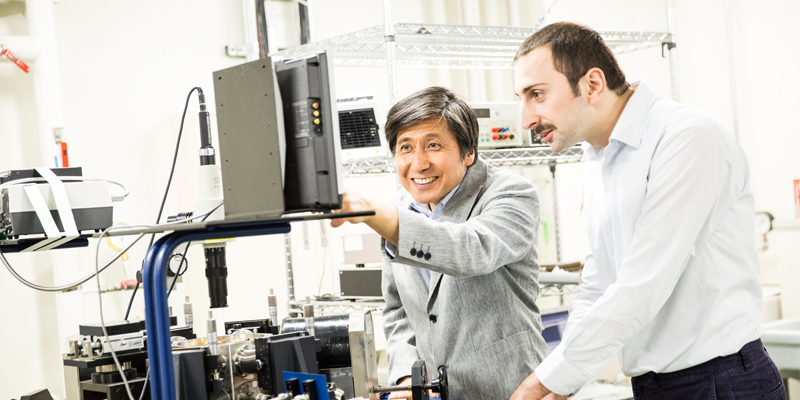
The brain and the heart are the most vital organs of human. One sends the main bodily fluid, blood, to supply the entire body and other manages all the system to keep it working. Both have many nerves linked into them, some to the heart for compression and release to pump the blood, others to the brain to receive signals from all over the body and respond. Both types work with electric signals, therefore they produce magnetic fields.
People have wanted to know how the brain works and what the mystery behind it is for centuries. Researchers from different backgrounds have studied it to reveal secrets. Studies may explain many aspects such as memory clusters, feelings, senses and so on; studies may even reveal a road to control of them by owners or by remote. It is a long path to go. One of the techniques to interpret the signals is Magnetoencephalography (MEG) which is a functional neuroimaging technique for mapping brain activity by recording magnetic fields produced by electrical currents occurring naturally in the brain, using very sensitive magnetometers. However the brain has nerves and produce magnetic fields, their intensity is very low. Therefore highly sensitive equipment are required. SQUID (Superconducting QUantum Interference Device) is the conventional detector with its high sensitivity. Because of the nature of superconductors, SQUID has to work at very low temperatures (lower than -180 °C) therefore they are cooled with liquid nitrogen or liquid helium. Also sensor operation using both cryosystem and sensing at room temperature require well separation; in this manner the whole system occupies a room-sized dimensions. But even with the high running costs and large frame, they are in use due to their high sensing ability.
Tunnel magneto resistive (TMR) sensors are promising candidates to replace SQUID with their recent development. TMR Sensors are small, chip-sized, and their costs are considerably low. TMR sensors have Magnetic Tunneling Junctions (MTJ) where stacking of magnetic, non-magnetic and insulator films are present. In the heart of this MTJ, there is an insulator film which is sandwiched by two ferromagnetic films. When potential difference is applied with magnetic field differentiation, the passing current differs with respect to the applied magnetic fields. We apply two times annealing process, which are orthogonal to each other, to get linear response. In order to detect bio-magnetic field of 10-8–10-10 Oe, we have to develop magnetic tunneling junctions (MTJs) with higher sensitivity (over 100%/Oe).
In recent studies, our group achieved 40%/Oe in MTJs with amorphous CoFeSiB ferromagnetic electrodes [1]. However, MTJ arrays are needed to reduce 1/f noise and obtain enough signal-to-noise ratio. In order to realize these aims, I am investigating the effect of serial and parallel connected CoFeSiB free electrode MTJs on improvement of signal-to-noise ratio.
Reference:
[1].D. Kato et al., Appl. Phys. Express 6, 103004 (2013)


